Crude forms of vaccination were standard medical practice in some Asian and African cultures long before scientists and physicians understand that microscopic organisms, bacteria, fungi, and viruses cause disease. The modern germ theory of disease is only about 170 years old. The terms inoculation, vaccination, and immunization are often used interchangeably but there are some important differences among them. The vaccines we receive when we get a vaccination help our immune systems develop protection from a disease. Inoculation is the act of receiving that vaccine. Vaccines contain a disease-causing pathogen in a weakened, live, or killed state; proteins or toxins from that organism; or mRNA to stimulate our cells to create proteins from that organism. Immunization is the process by which our immune system becomes fortified against becoming sick.
This module is based on a two-day activity for older students that Cynthia created for Educational Innovations some years ago (“Lesson 4: Epidemic”, available HERE).
The following updated one-day version is suitable for elementary school students. This activity helps students understand how human-to-human contact can spread pathogens, and how vaccines limit that spread.
Supplies
- Glo Germ lotion — Available from glogerm.com, their distributors, or other online retailers.
- Waxed paper
- Disposable plastic food service gloves — Two per child (available from many sources, for example: Walmart sells 100/$4.99 or 1000/$15.50)
- Thin plastic bags, such as newspaper bags or the thin bags used for produce — One per every two children
- Ultraviolet (UV) light — UV LED flashlights are readily available online from many sources
- White hand lotion — Test to make sure it does NOT fluoresce under UV light!
- Waste basket lined with a plastic bag
- Name tag lanyards or some sturdy paper and yard and a handheld hole punch
- Scissors
- Pencils
- Black permanent marker
- Access to handwashing facilities (optional)
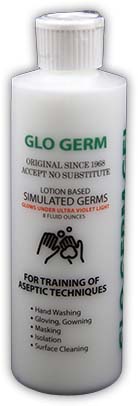
Bottle of Glo Germ lotion
Printables
Printable record and prediction sheets for 16, 20, and 24 students can be downloaded using the button below.
Preparation
Prepare numbered slips for name tag lanyards, making the numbers as large as possible so they’re easy to see. If you don’t have lanyards, cut some sturdy paper into pieces roughly 3” x 4”. You could also use 3 x 5 index cards. Punch two holes in each about half an inch from the top and sides of one short side so the yarn can’t easily pull through the paper. Cut the yarn into ~30 inch lengths, thread them through the holes and tie. Write the numbers boldly on these tags so they’ll be easy to read and write the names of students on the backs. You might assign the numbers so younger students are next to older students who can help them, or keep certain students apart from one another. In any event, numbers should be preassigned to save time during gathering time.
Print the two record sheets for your number of students. If you have other than 16, 20, or 24 students modify the version closest to your actual number of students. Note that you’ll use the same infected student and round 2 sequence for both the vaccine and the no vaccine activities. Enter the students’ names.
Print prediction sheets for 16, 20, or 24 students, or your version modified for the number of students you have. Print one per student or one per pair of students depending on your plan.
Cut the waxed paper into 2” x 2” squares, two per student plus a few extras. With a black permanent marker, number two squares for each student: i.e., two “ones”, two “twos” and so forth.
Place a generous 1/4 teaspoon of Glo Germ lotion on the two waxed paper squares with the student selected to be infected’s number. Place 1/4 teaspoon of hand lotion on the other squares. Set the squares aside on a table or cafeteria tray(s).
Write the numbers of students chosen for vaccination on the thin plastic bags (the vaccine) for easy distribution during the activity.
If you do not have an adjoining dark room prepare the dark space for viewing hands under UV light. This could be a large cardboard box turned away from any windows, an adult desk with a solid front, or a blanket draped over three sides of a student desk or small table. Test to make sure any fluorescence will be visible; you may need to turn off the room lights.
It can be challenging to keep the children organized throughout the activity so hands are shaken in the proper order, students can be viewed under UV quickly, and results recorded accurately. Think about the layout of your room and potential traffic patterns. Should students sit in chairs in a circle? Should they stand against a wall in numerical order? Where should the recorder stand to be sure to observe, or be told, the results of UV illumination?
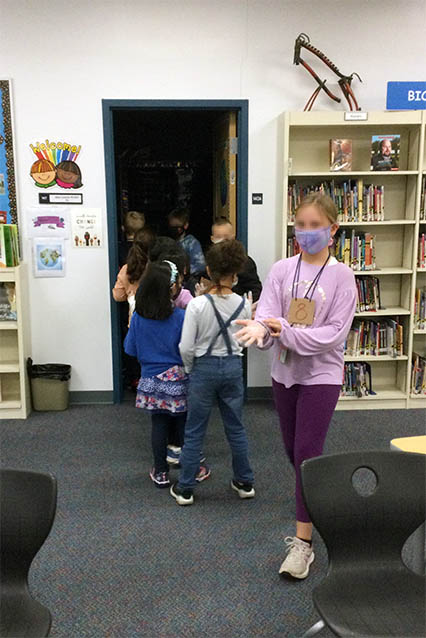
Students line up for UV checking in an adjoining darkened room.
Running the Module
Introduction
Distribute the numbered name tags as the children arrive. Explain the following:
It’s been less than two hundred years that we’ve understood that diseases are caused by microscopic organisms, bacteria, fungi, or viruses. Some cultures knew long before that one could be protected from certain diseases by a crude type of vaccination, but they didn’t know why it worked. The first modern vaccine was created by Edward Jenner, an English physician and scientist. He and other researchers were aware that milkmaids, who often contracted a mild disease called cowpox from their cows, did not catch the highly contagious and often fatal disease smallpox. What if cowpox made them immune to smallpox? In 1796, Jenner tested this hypothesis by inoculating James Phipps, an eight-year-old boy, with pus scraped from cowpox blisters on the hands of Sarah Nelmes, a milkmaid who had cowpox. When the boy was later exposed to smallpox he didn’t get sick. Edward Jenner is called the father of immunology, the science of vaccines.

Edward Jenner performing his first vaccination of James Phipps. (Source: Wikimedia Commons)
Vaccines contain a disease-causing pathogen in a weakened or killed state, proteins or toxins from that pathogen, or mRNA to stimulate our cells to create proteins from that pathogen. These materials boost our immune systems to protect us from getting the disease itself.
Activity
Organize the children in the way you determined during preparation time. Give each child a food service glove and instruct them to put it on their right hands. They’ll probably be too large, but that’s okay. Make sure the students understand that they must not touch anything or anyone once they’ve had lotion smeared unto the glove. Then have your volunteers smear the lotion on the waxed paper onto the palms of the gloves, being sure to match the numbers on the waxed paper with the numbered name tags.
Demonstrate the “handshake”, which should be simply a clasping of hands with no vigorous shaking so gloves aren’t dislodged. Then begin the first handshaking sequence with one shaking two, then two shaking three, then three shaking four and so forth until your last child has shaken hands with the first.
Now, keeping the children in numerical order and making sure they touch nothing with their gloved hands, take them to the viewing room or station. The recorder marks on the record sheet each student whose hand glows. Return to the activity space. Commence the second round of handshaking as set forth on the record sheet. Detect and record the students who glow. If things are going smoothly and you have time have children shake hands with any two students they haven’t previously shaken hands with. Detect and record the students who glow. Typically few students are uninfected after this round.
Help the students remove their gloves by grasping the opening and pulling the gloves off by turning them inside out. Discard the gloves in the waste basket. Begin the vaccination experiment by distributing fresh gloves for children to put on left hands. Apply lotion as before, making sure to match children to the numbers on the waxed paper squares. Next, place a thin plastic bag over the left hands of the children you selected for vaccination. Complete both the round one and round two handshake sequences. Remove the thin plastic bags (but not the gloves) from the vaccinated students before sending them to the UV detection station. Record the students who glow. Remove and discard gloves as before.
Analysis
The analysis portion of this activity depends on how much time you have left and the age of your students.
- If you only have a few minutes left explain that students who glowed “caught” the “disease”. Tell the students which students glowed, and ask them to identify which student started the epidemic. Then tell them how many students caught the disease after round two with and without “vaccines”. Did the vaccines help?
- If you have at least ten minutes, and your students are young (1st – 3rd grade), do the brief analysis above. Then place a small dab of Glo Germ on each child’s right hand. Have the students rub the lotion onto both hands. Send the students to the washroom to scrub their hands with soap and water, and dry them. Put all hands through your UV detection station. Do any of the hands still glow? What parts of hands still had “germs”. Send all glowing children back for another round of hand washing and detection.
- If you have at least ten minutes and your children are fourth grade and older give each student or pair of students a prediction sheet. Tell them which students’ hands glowed after round one of hand shaking. Then challenge the students to determine;
- Which student began the “epidemic”.
- Which students will glow after round 2 with no vaccinations.
- Which students will glow after round two with vaccinations.
Then tell the students who glowed after the second rounds. How close were their predictions?
How did your budding epidemiologists do? Did they figure out Patient Zero? Gain a newfound appreciation for how vaccines hinder the spread of disease? Did you make any tweaks to the activity that worked well? We’d love to hear from you! Leave a comment or send us an email!
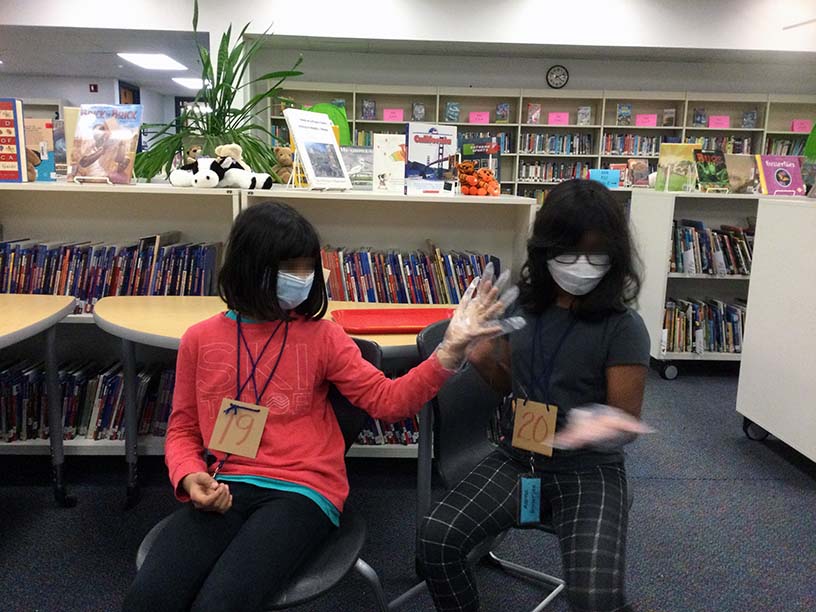
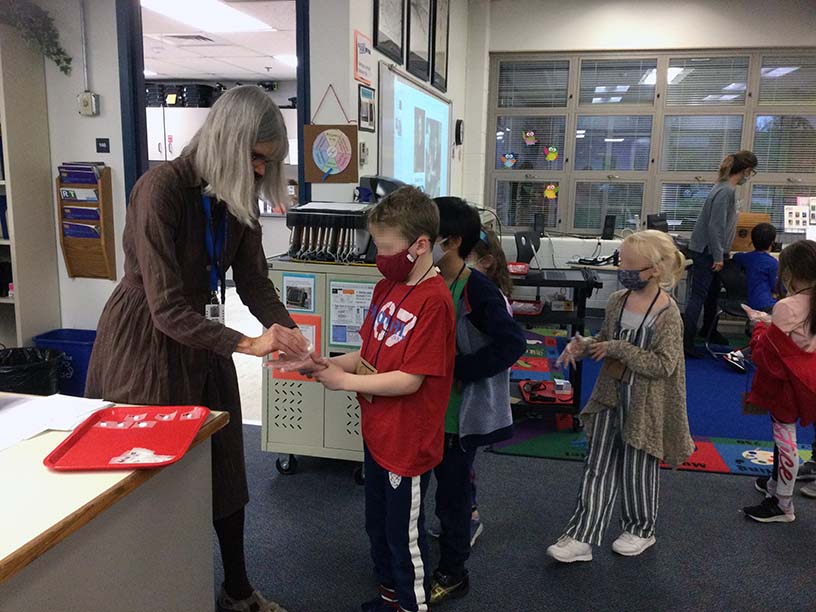


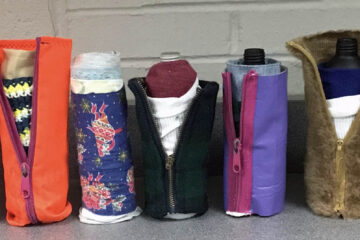
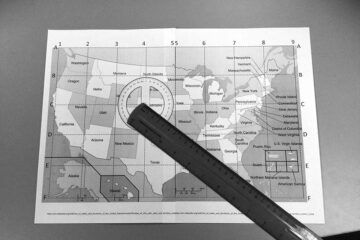
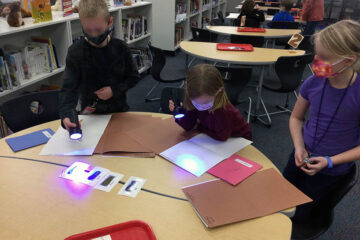
0 Comments